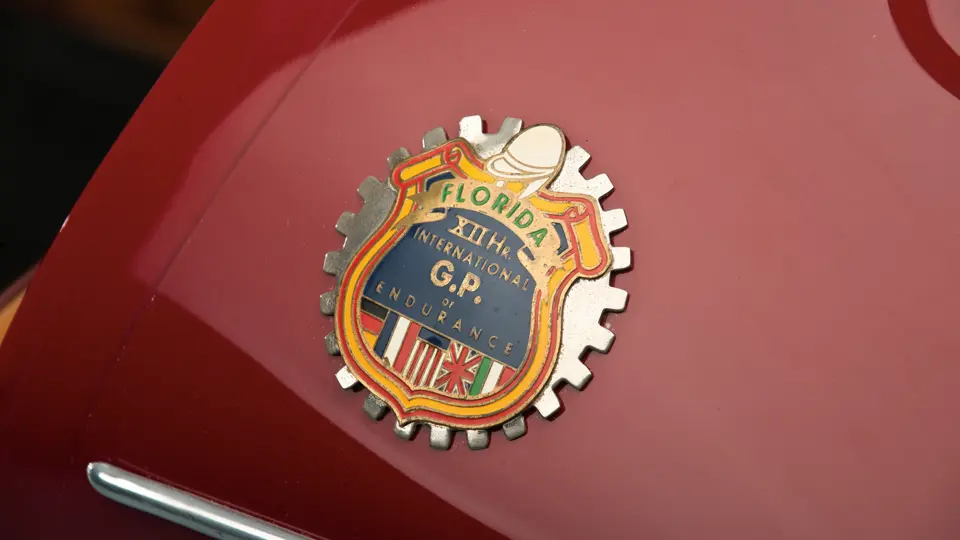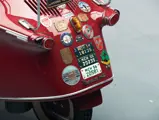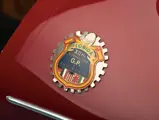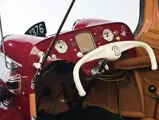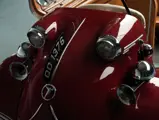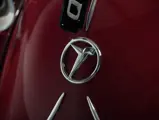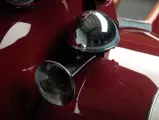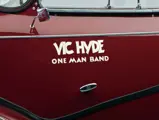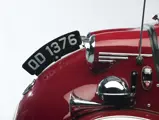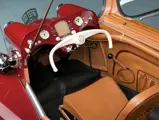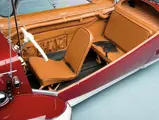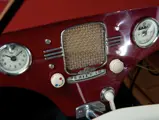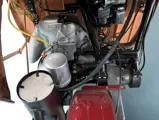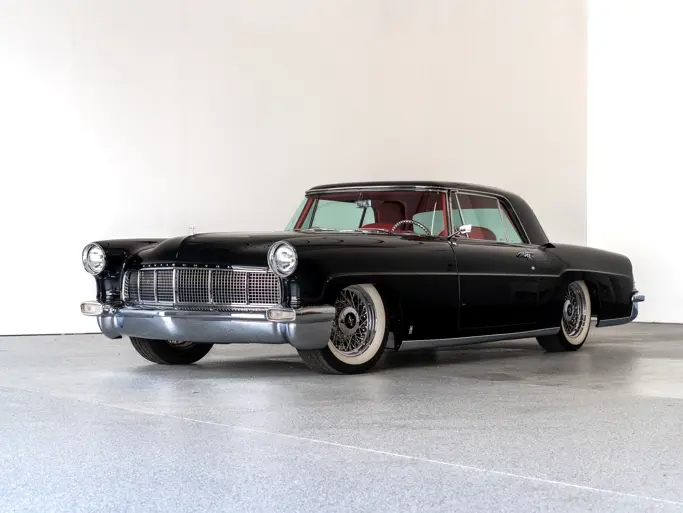With numerous special features, one of the earliest KR 200s known, given by the factory to famed entertainer Vic Hyde.
SPECIFICATIONS
Manufacturer: Regensburger Stahl und Maschinenbau
Origin: Regensburg, Germany
Production: 30,286
Motor: Fichtel & Sachs 1-cyl., 2-stroke
Displacement: 200 cc
Power: 9.5 hp
Length: 9.25 ft.
Identification No. 50050
Willy Messerschmitt shrewdly saw early on that the KR 175 would need too much work to continue production in that form, and by January 1954, work on the new model Kabinenroller, the KR 200, was already underway.
Fend and Messerschmitt’s original motor of choice on the new car was from Norbert Riedel, the constructor of the radical “Imme” motorcycle, which had a vibration-less two-cylinder two-stroke giving 12 horsepower. The firm’s prospects were not good, however, and the designers returned to Fichtel & Sachs. The motor was to have been fitted transversely to give more cabin space, but this idea too fell by the wayside. The 1954 prototype had a more streamlined nose with a longer, lower dome that was more integrated into the body shape and 175-type fenders.
The new car was a complete redesign, with virtually nothing of the old 175 carried over apart from the overall Fritz Fend concept. The KR 175’s various issues were systematically analyzed and dealt with one at a time. The complex tube frame was gone, replaced by a modern monocoque body structure. There was now a proper suspension that gave better road-holding, a bigger motor rubber-mounted on a simplified sub-frame, an electric reverse, and a sleek, new alloy roof structure and dome. It was miles ahead of the 175 in terms of speed and comfort.
The prototype KR 200 was tested mercilessly for 25,000 kilometers on a 40 km test loop of roads of varying character and gradients in the countryside around Rosenheim, confirming a hitherto unimagined level of reliability.
This important car is one of the earliest KR 200s known to exist, and it differs from the later production models in a number of details. The early cars carried over some of the characteristics of the KR 175, such as the yellow ochre-colored interior primer, the double-strip front bumper trim, and the beige-colored interior trim. Other early details include differently-shaped front and rear fenders made from three pieces, a dome with a lower, rounder rear profile, separate vertical rear seat support brackets, a non-removable small rear seat, a shorter rear seat back supported by a channel, a square-cornered black box cover, and a jackknife-style rear engine cover support bracket. Many of these details, such as the three-piece front fenders, were replaced with later types during the ownership of famous American entertainer Vic Hyde, who owned the car for several decades. He had access to a large supply of spare parts, and as with many original owners, he had no notion of originality as such. These owner replacements are regarded as a legitimate part of the car’s history.
The car was given by the factory to Hyde to publicize the new KR 200 model. Vic had already made a name for himself in America as a multiple-instrument playing protégé of singer and entertainer Rudy Vallée, and he went overseas to tour with the large Circus Krone organization. He modified the Messerschmitt so that it could carry his musical instruments and added a pair of chrome fender-mounted horns. He toured Europe, the Scandinavian countries, and later America with it. Decades later, he would still be driving his beloved Messerschmitt, calling on friends across the U.S.A. to deliver parts and make repairs. The numerous badges on the car, now valuable collector’s items in themselves, bear witness to his travels. It was fitted, as original, with a now rare and valuable Weltfunk Autosuper AU545 radio and a separate tube amplifier located under the rear seat.
The Vic Hyde Messerschmitt was the subject of a painstaking restoration by the museum. This historically significant car remains a fitting tribute to a colourful personality, and it can be celebrated as an early champion of the microcar as a collector’s item.




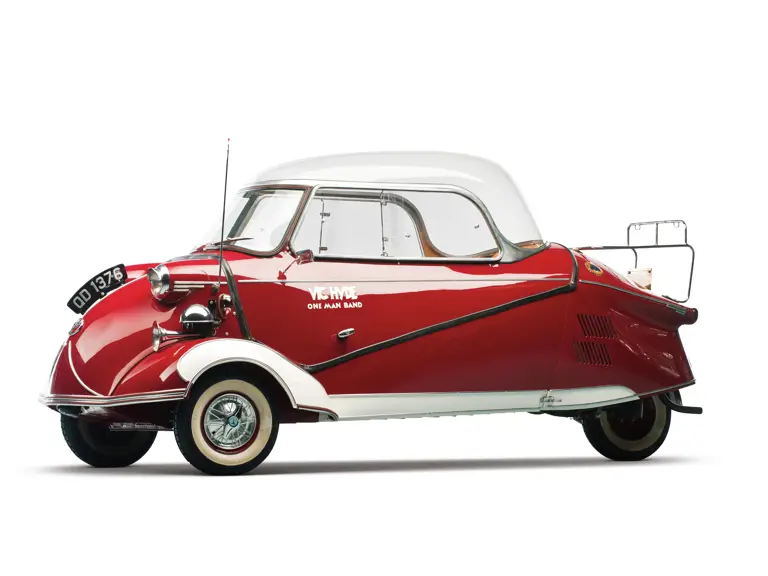
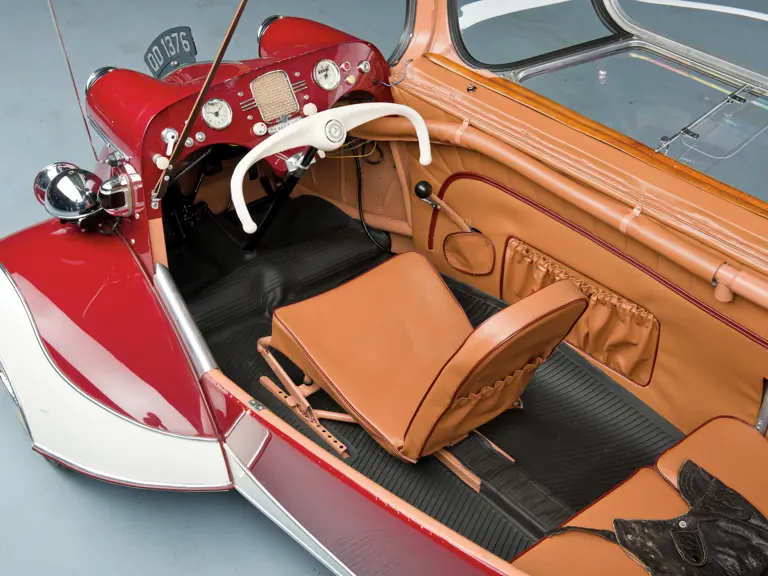
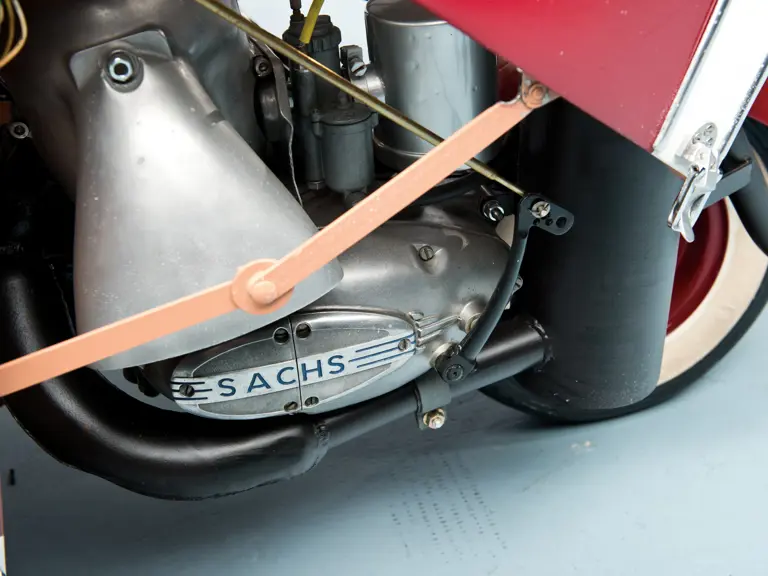


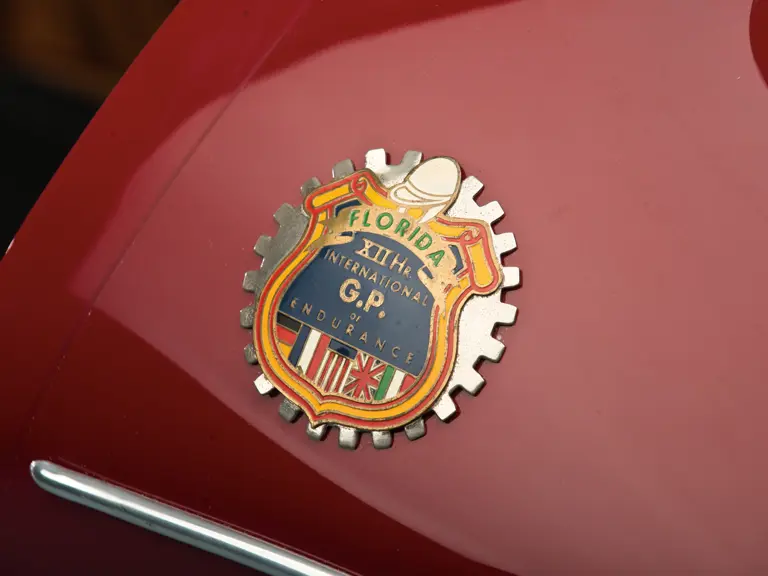

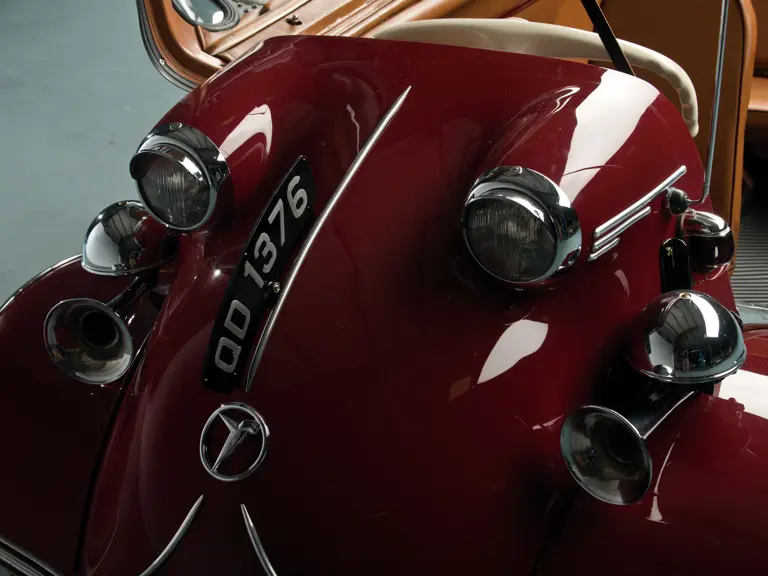
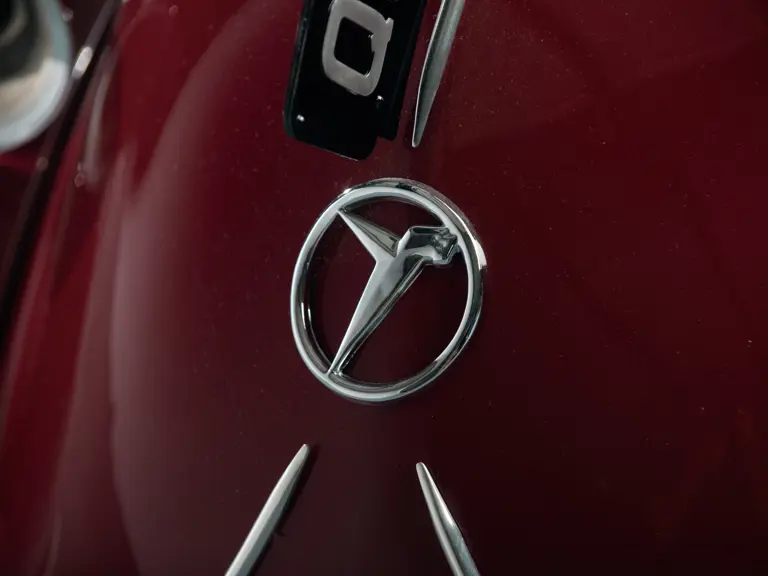

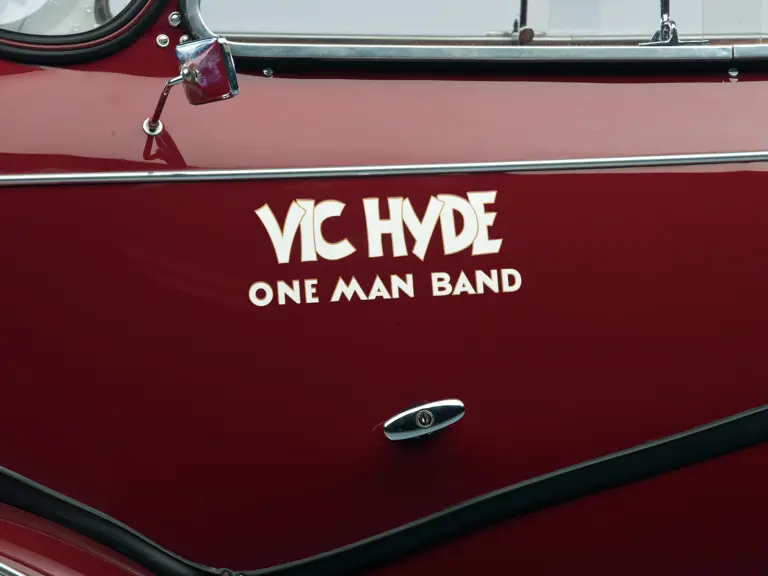

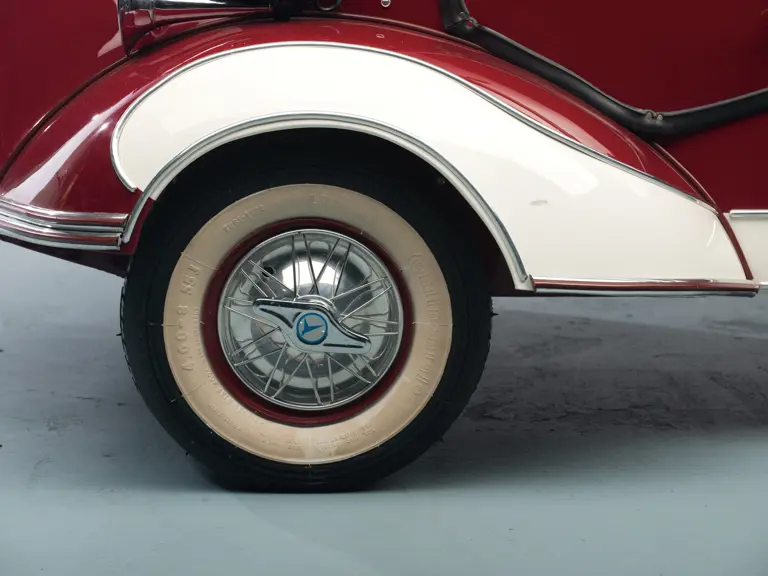
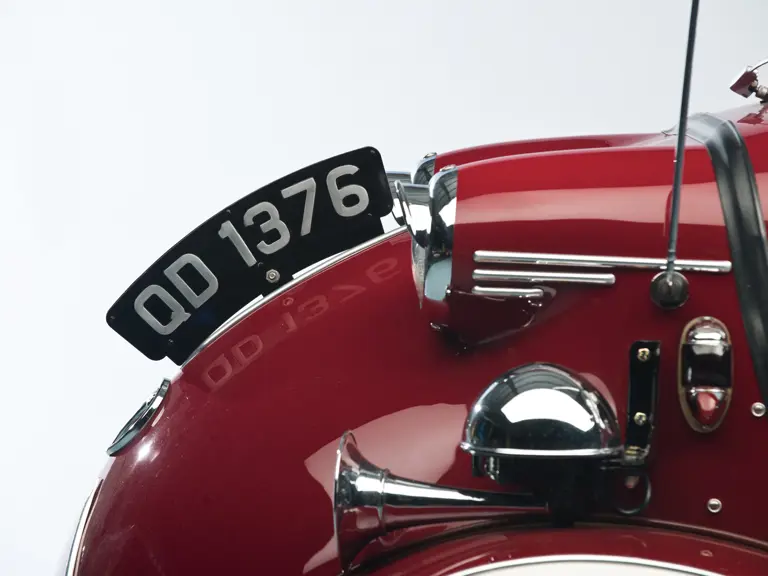


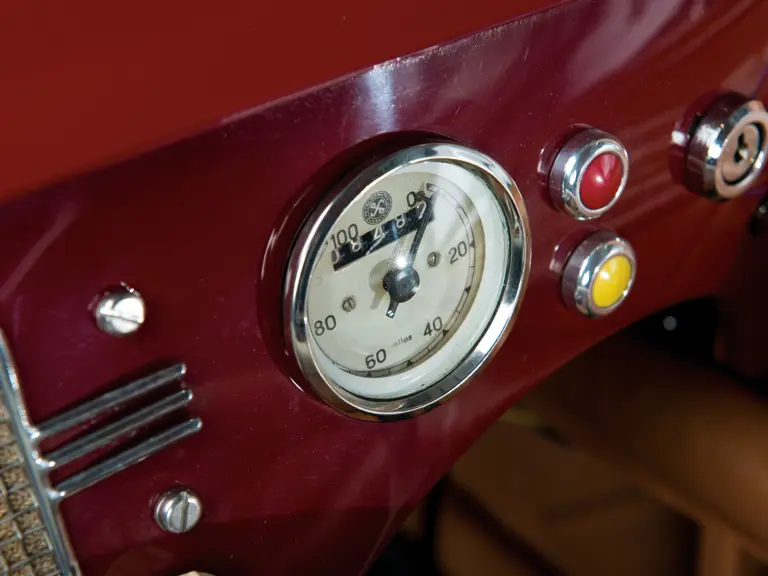
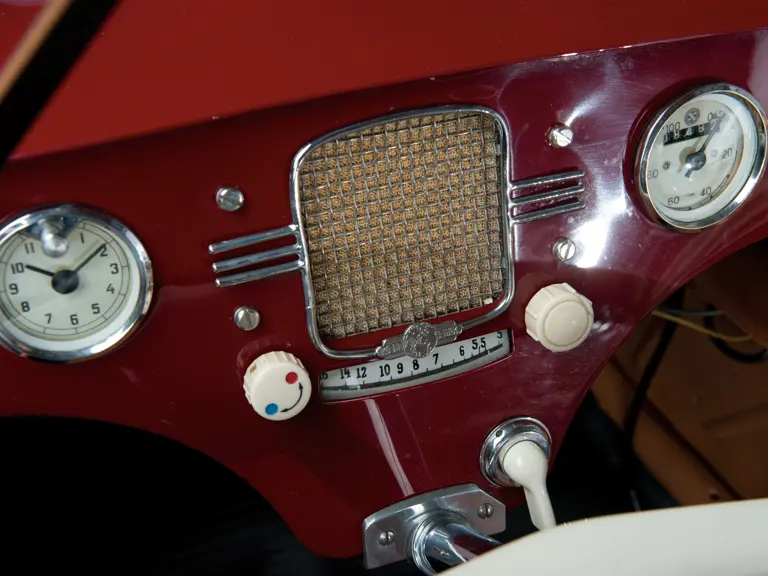


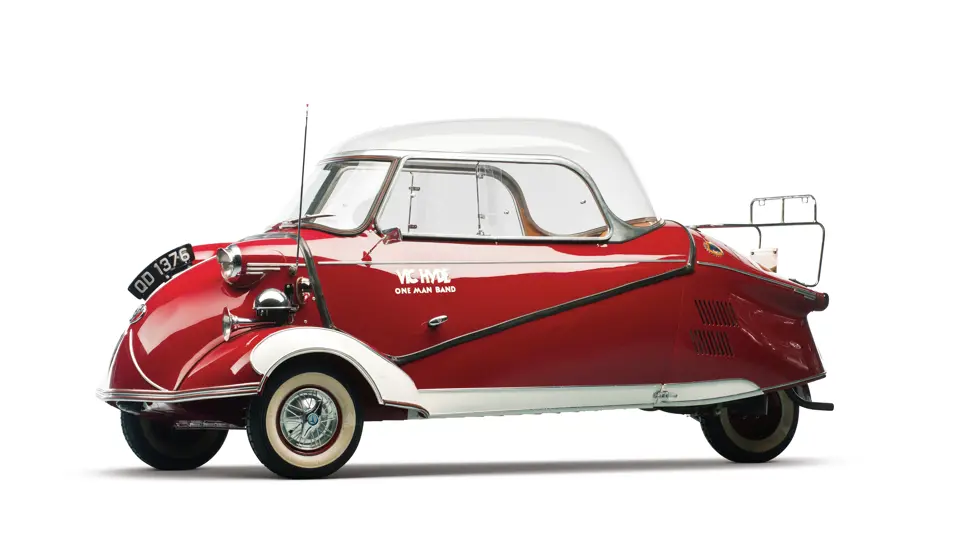
 | Madison, Georgia
| Madison, Georgia

